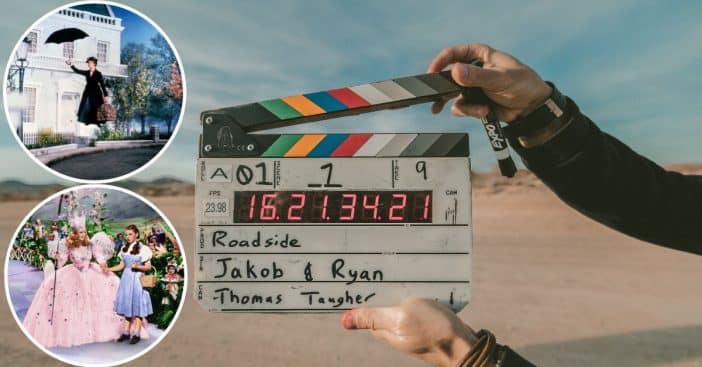
In Hollywood, even the most brilliant ideas and stories oftentimes get thrown out by production executives who bring in the money, because they believe that it might not be profitable or the idea simply does not appeal to them. There are other projects, of course, that barely eek their way into production or are threatened by shutdowns due to what feels like an out-of-control situation. Frequently, those are the films that have the greatest impact.
Below is a guide to hit movies that almost never got to see the light of day and the various reasons for it
Jaws (1975)
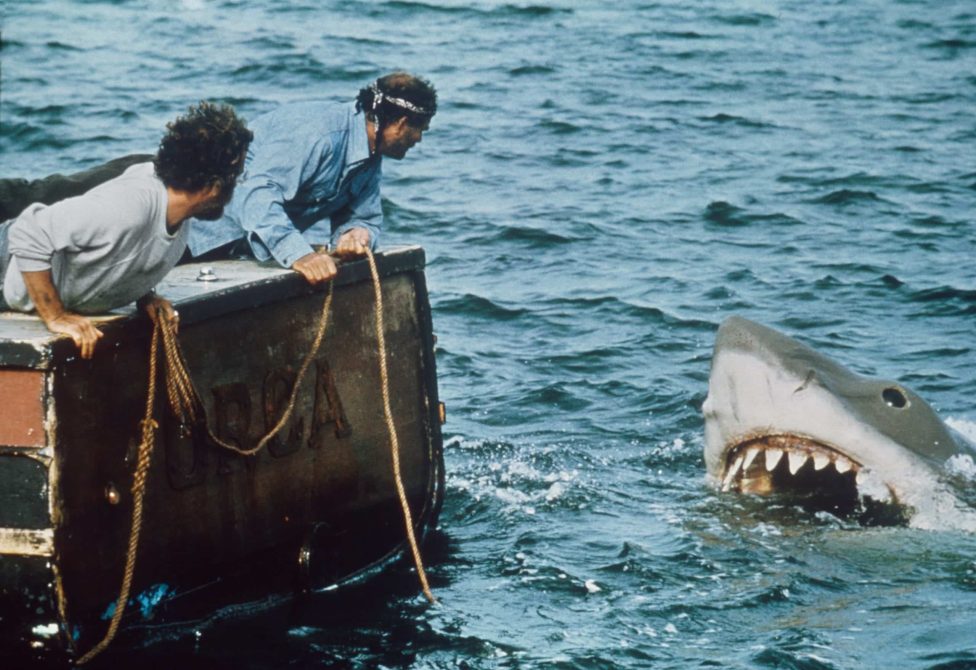
Jaws is credited as the movie that revealed Steven Spielberg to be one of the most innovative directors in Hollywood. However, as iconic as the 1975 film would later turn out to be, the production was filled with numerous challenges that could have stopped it mid-stream (or is that mid-sea?).
RELATED: Real-Life Navy Pilots Actually Influenced The ‘Top Gun’ Movies
One of the biggest problems was the director’s insistence that the movie be shot out in open water to better capture the realism of the situation. The issue was that they were in an environment they couldn’t control. On top of that, there was the creation of mechanical sharks once it was deemed impossible to use the real thing.
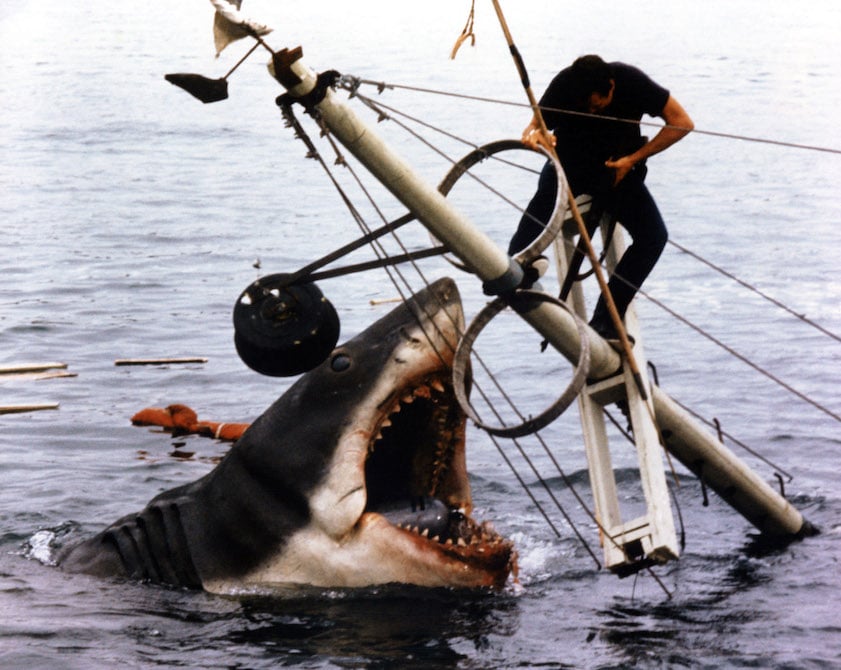
Although there was a sense amongst the crew that they were creating something special, no one had a solid idea how they were going to create a giant shark. Spielberg turned to art director Joe Alves and effects designer Bob Mattey to solve the situation. In the end, the better part of six months was spent building three 25-foot long mechanical great white sharks (given the collective name of “Bruce”), which barely worked as intended, done in by the impact of salt water and malfunctioning hydraulics.
David Brown, who produced alongside Richard D. Zanuck, revealed the problem the production team encountered with the shark. “I remember being on set for the first shark test, and it simply sank,” he said. “We thought our careers in motion pictures had gone with it. Everything that could go wrong with the shark went wrong.”

Ironically, the problems with Bruce led to the film’s greatest strength: the fact that Spielberg was forced to keep the shark hidden much of the time, suggesting its appearance rather than overtly showing it, which made Jaws one of the most suspenseful movies ever made.

Apart from the problems with the main prop, Spielberg faced another hiccup, which was the enmity between two of his actors, Robert Shaw and Richard Dreyfuss. Spielberg revealed the rivalry between the two in the documentary Jaws: The Inside Story, noting that Robert Shaw was the principal actor in the feud. .“Robert would basically humiliate Richard into taking a chance,” he said. “For instance, Robert would say, ‘I’ll give you a hundred bucks if you climb up to the top of the mast on the Orca and jump off into the water.’”
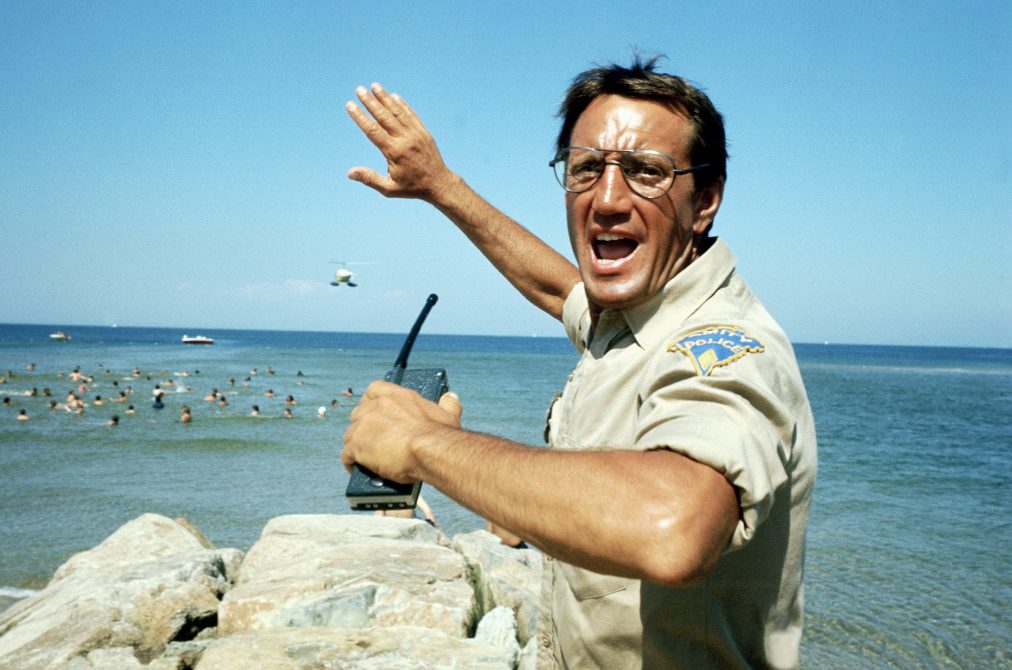
However, through improvisation, the director was able to complete the production, but he did not respond to the call for sequels. Spielberg revealed to Total Film in 2004 that he was not ready to go through the challenges he experienced while making the movie. “[I didn’t come back for the Jaws sequels] because making the first movie was a nightmare,” he told the outlet.”There were endless problems with the shark and it was an impossible shoot. I thought my career was over, because no one had ever taken a movie 100 days over schedule. It was successful, but I never wanted to go near the water again.”
Toy Story 2 (1999)
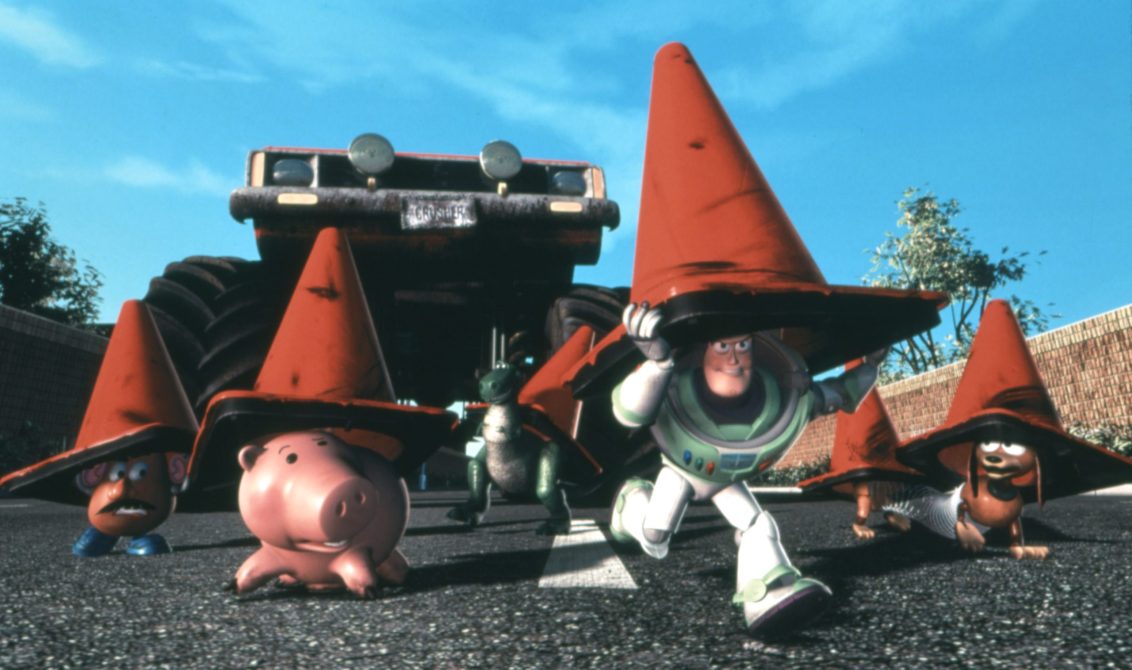
The Toy Story franchise represents some of the best movies created by Pixar, each entry of which became an absolute sensation upon its release. As interesting as Toy Story 2 turned out to be, it was on the edge of non-existence. The production went on smoothly until disaster struck during the final editing stage when an anonymous member of the crew mistakenly pressed the wrong button and Oren Jacob, the former chief technical officer at Pixar, who was an assistant technical director, then watched as the whole movie got deleted.
Oren Jacob revealed in a 2012 interview with Next Web how their entire labor got ruined in a matter of seconds.“The command that had been run was most likely ‘rm -r -f *,’ which — roughly speaking — commands the system to begin removing every file below the current directory,” he said. “Unfortunately, someone on the system had run the command at the root level of the Toy Story 2 project, and the system was recursively tracking down through the file structure and deleting its way out like a worm eating its way out from the core of an apple.”

However, it was discovered that the supervising technical director, Galyn Susman, who had been working from home, had a two-week-old backup copy of the production. Jacob and Susman drove to her house, retrieved the computer and brought it back to the studio.
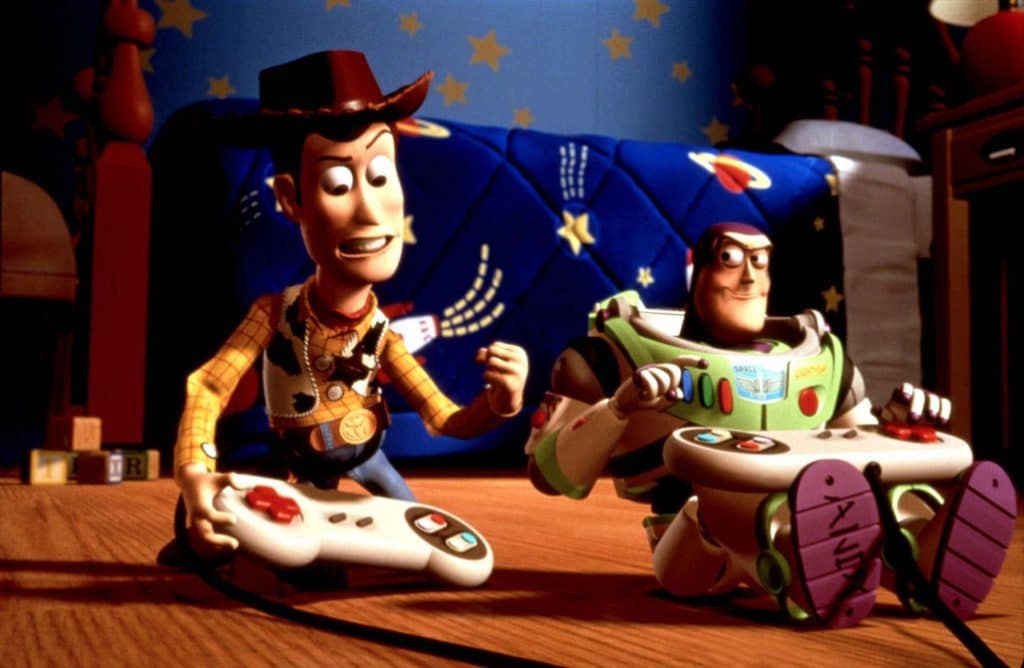
As if the challenges were not enough, there was a point when Pixar executives ordered a total remake of the movie, because they were not convinced it was good enough. “Effectively all animation was tossed. Effectively all layout was tossed. So all camera work would start from scratch. Lighting was in the film a little bit, but that was tossed as well. We had to build new characters.” Jacob said in the interview.” So at that point, Buster showed up and that character went from being out to being in the screenplay to in the final movie in just nine months.”
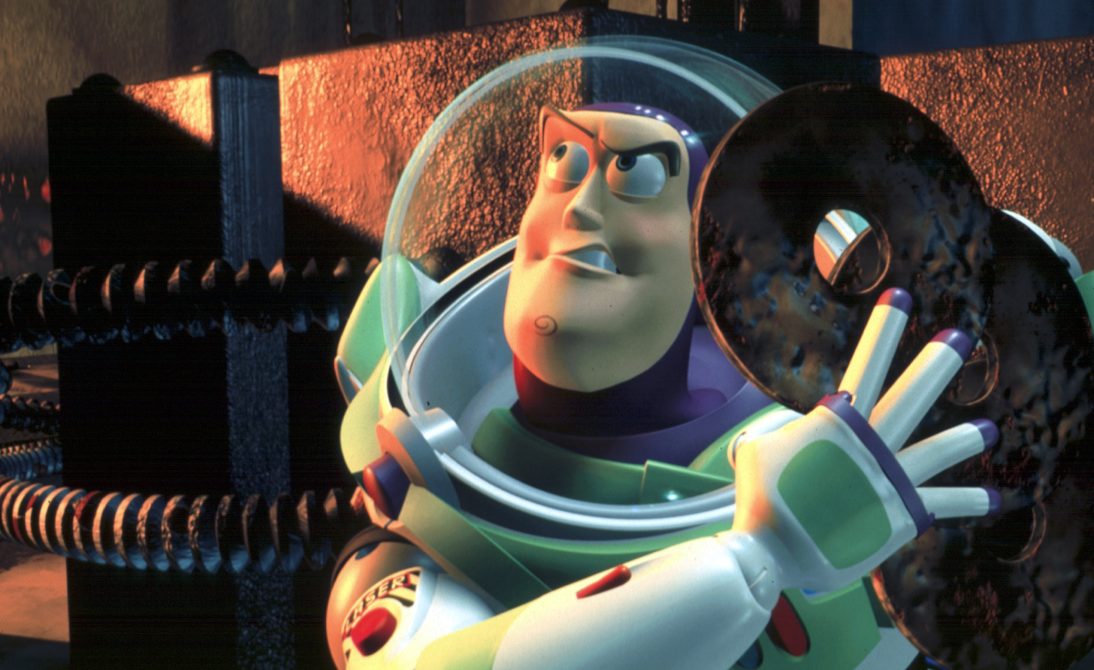
Jacob described the production of the movie as ” probably one of the biggest tests of what Pixar was as a company.”
Back to the Future (1985)
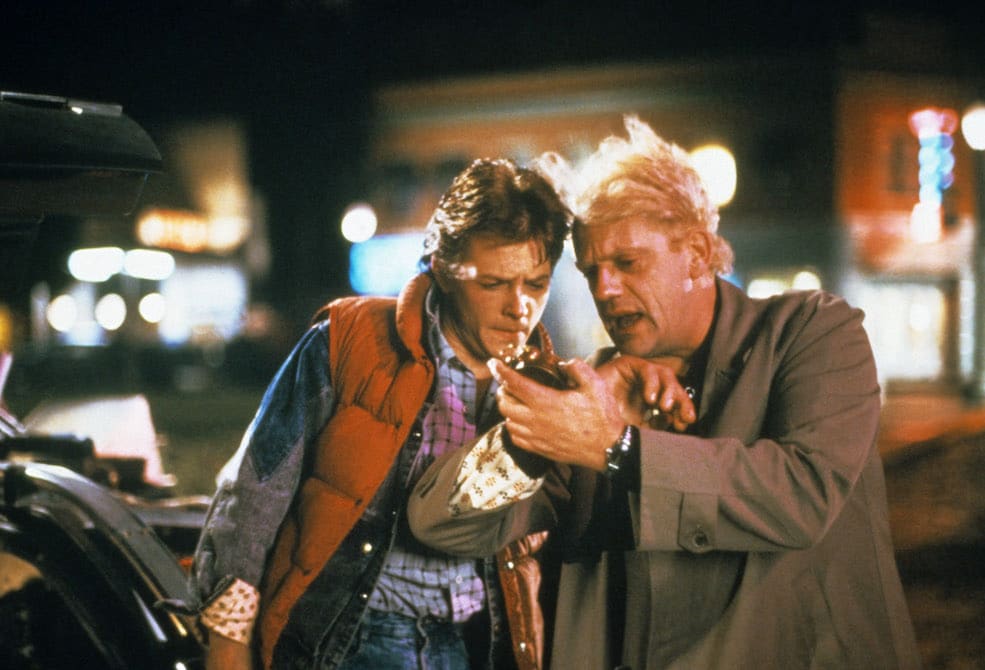
Most hardcore lovers of Back to the future would be totally amazed to know that their favorite movie almost never got made. The first draft of the script was rejected by Columbia Pictures, who considered it “not sexual enough.” The creators, Robert Zemeckis and Bob Gale, would spend the next four years submitting to every studio and ultimately get rejected. The duo even tried pitching the movie idea to Disney, who were not interested in the idea of Marty McFly’s mom having a crush on him in the 1950s. Gale and Zemeckis initially did not want to approach their very good friend, Steven Spielberg, because they did not want to be referred to as “two guys who could only get a job because we were pals with Steven Spielberg.”
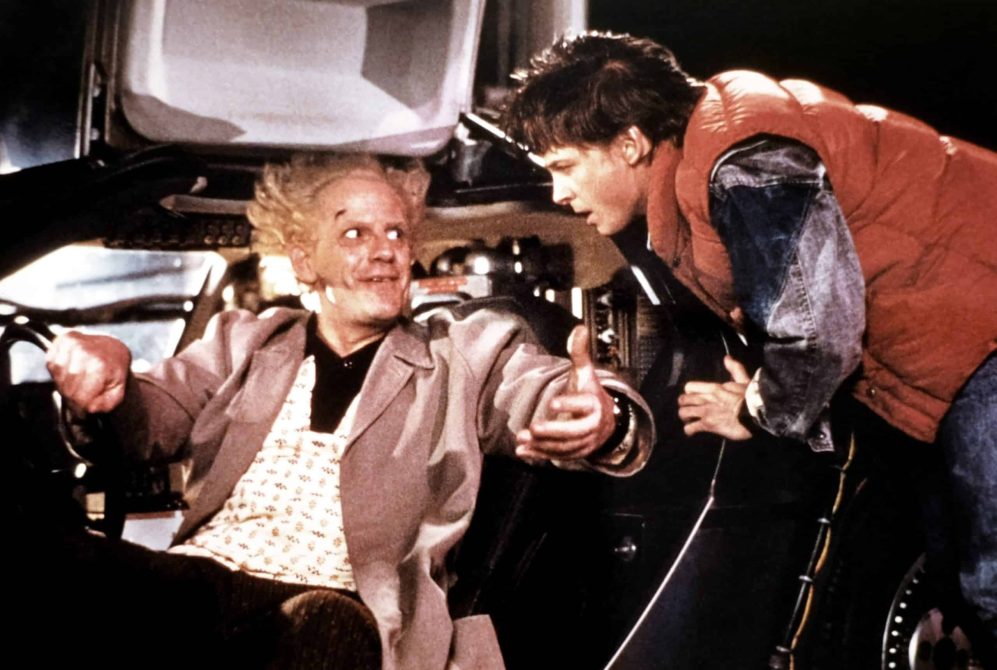
Ultimately, though, Zemeckis did take the story to Spielberg and Universal Pictures, who bought into the idea. After getting a production house, the next challenge was the casting of the character of Marty McFly. The first actor they looked forward to filling the role was Michael J. Fox, who at the time was on the TV series, Family Ties, so they elected to go with Eric Stotz instead. But four weeks into the shoot, the director discovered that no one besides Fox could play the role perfectly, thus they cut a deal with the producers of Family Ties so that he could work on both projects and Stoltz was let go.
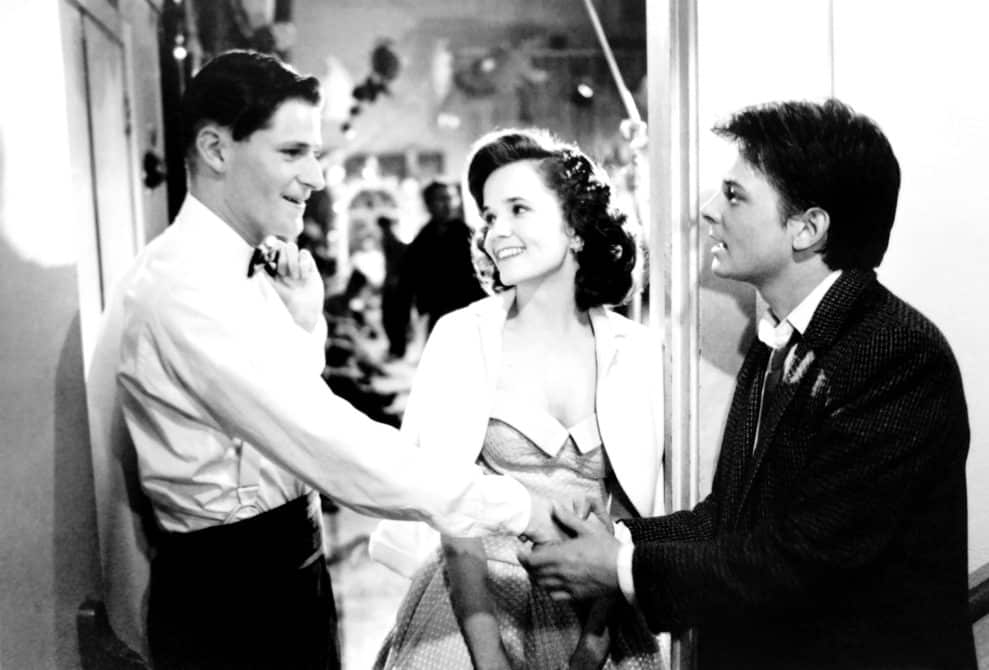
Although this led to longer working days for Fox and an additional $3 million to the budget for the reshoots, n the end the movie release was widely received by fans and critics and was the highest-grossing film of 1985.
The Wizard of Oz (1939)
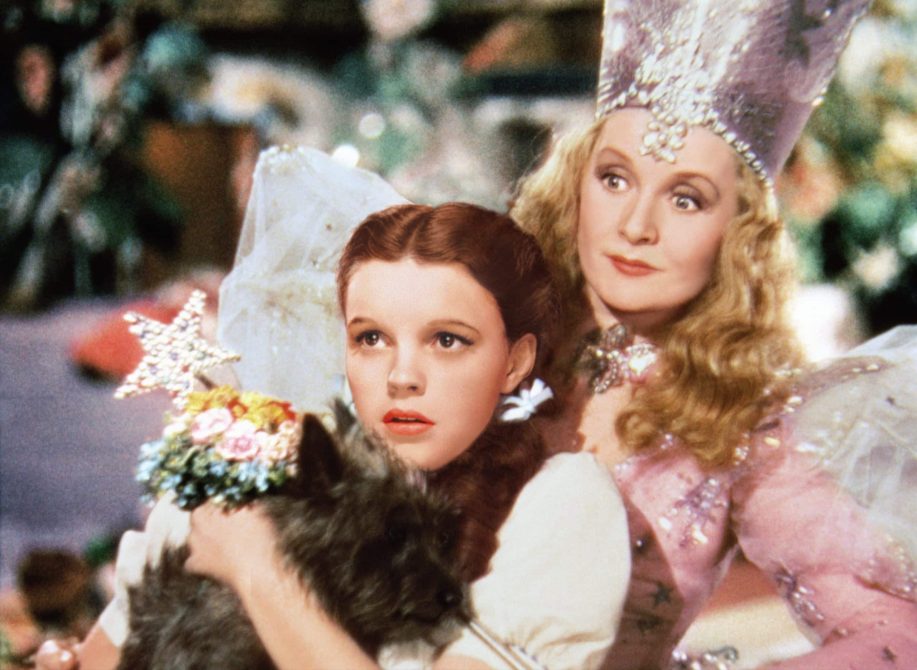
The Wizard of Oz was not without its own fair share of challenges during the production stage. Through the course of making the movie, four different producers and three directors worked on it, which made it seem like it might never find its way to theaters.
The first director, Richard Thorpe, was sacked, part of the reason for which was that Buddy Ebsen, who was to play the role of the Tin Man, had an allergic reaction to the makeup, thus production was stopped for two weeks after which Jack Haley took on the role. George Cukor was involved as director for a while, although he didn’t actually shoot any footage and was forced to leave for the previously-contracted Gone with the Wind. Viktor Fleming came in and handled the lion’s share of filming, though on February 12, 1939, he had to replace Cukor on Gone with the Wind, resulting in King Vidor stepping onto the Oz stage, handling the early Kansas scenes, including Judy Garland singing “Over the Rainbow” and the tornado that whisks her off to Oz.
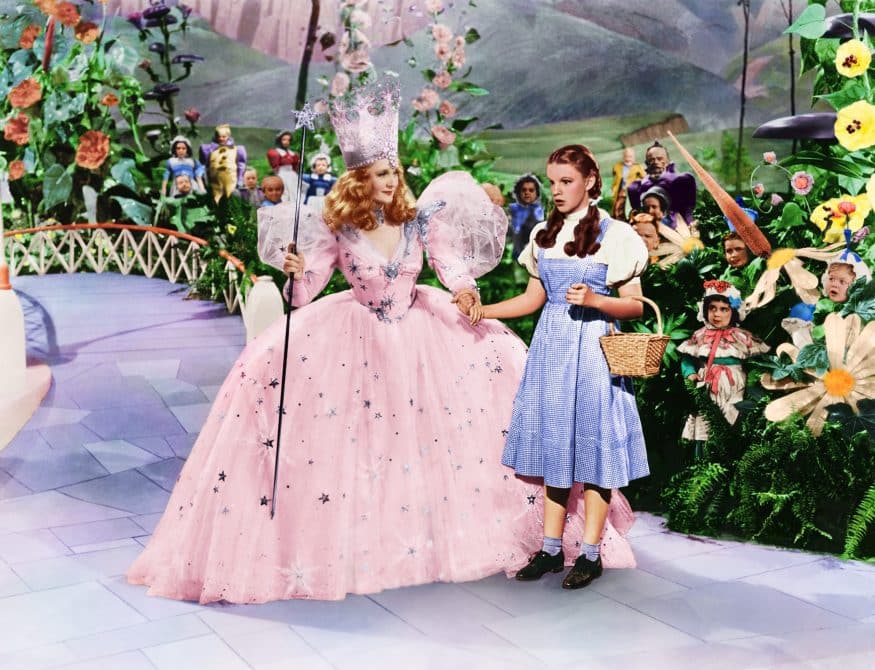
Cast wise, Buddy Ebsen was not the only one who had an accident on set: actor Ray Bolger’s face was scarred by his Scarecrow costume while Margaret Hamilton, who played the role of the Wicked Witch of the West, also suffered a third-degree burn during an explosion of flame as her character disappears.
The Wizard of Oz was given as the primary reason actress Judy Garland became entangled with drugs in that she was prescribed amphetamines to help her lose weight and barbiturates for sleeping after an exhausting 16-hour shoot every day. It is rumored that this was the first step to her addiction problem that would ultimately lead to her death by overdose in 1969.
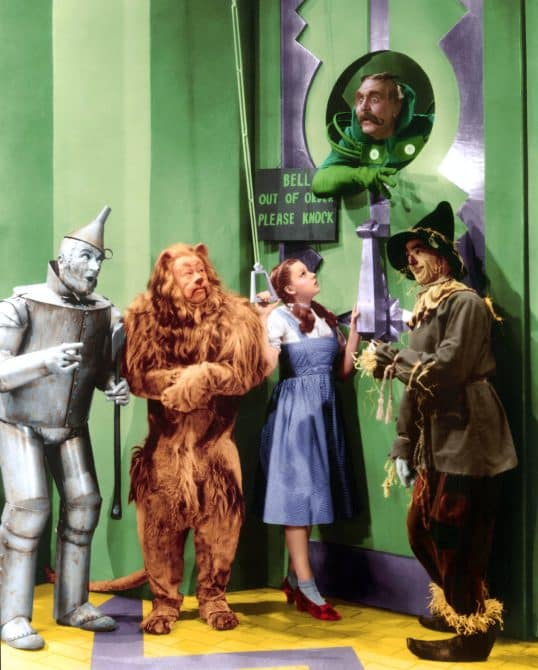
In the end, The Wizard of Oz became a blockbuster. Many critics, such as Frank Nugent of The New York Times, offered great reviews about the production. “Delightful piece of wonder-working which had the youngsters’ eyes shining and brought a quietly amused gleam to the wiser ones of the oldsters,” Frank noted. “Not since Disney’s Snow White and the Seven Dwarfs has anything quite so fantastic succeeded half so well.”
Mary Poppins (1964)
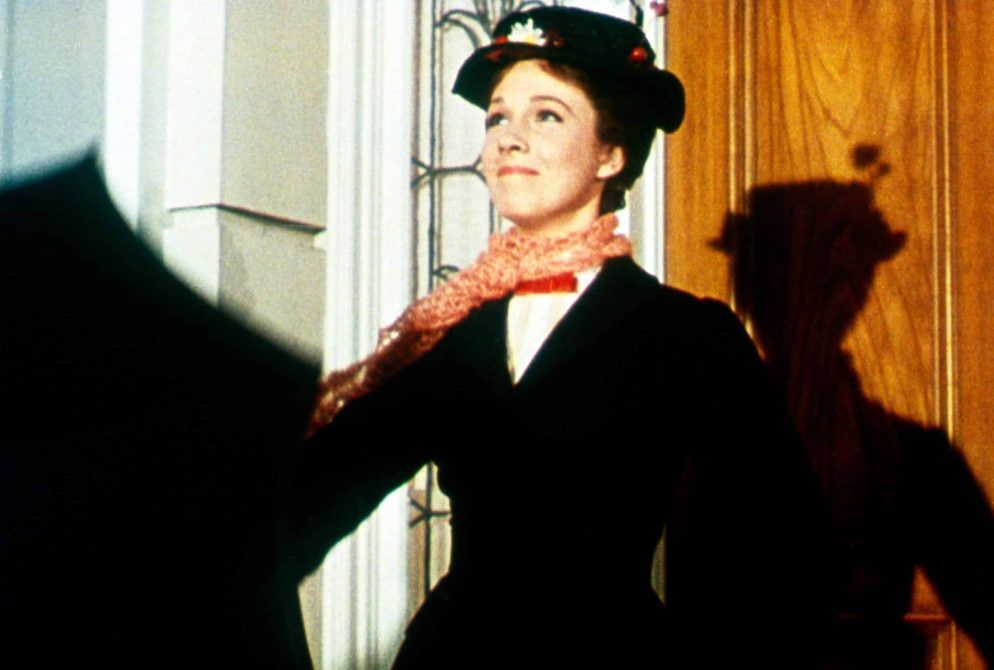
The movie resulted from a promise made by Walt Disney to his daughter Diane in the early 1940s that he would make a film out of her favorite children’s book, Mary Poppins, which was authored by Britain’s P.L Travers. That being said, it nonetheless took almost two decades for Walt to get his hands on the masterpieces as Travers was initially unwilling to sell the screen rights, particularly to a studio she feared would overly sentimentalize her work. However, after lots of persuasions, the writer finally caved in 1961.
Another problem ensued when Disney decided to cast Julie Andrews in the role of Mary Poppins, the nanny, because she was pregnant. Deciding that he wanted no other actress than Andrews, who he had seen Play Guenevere in the Broadway production of Camelot, Disney postponed the shoot until she was ready.
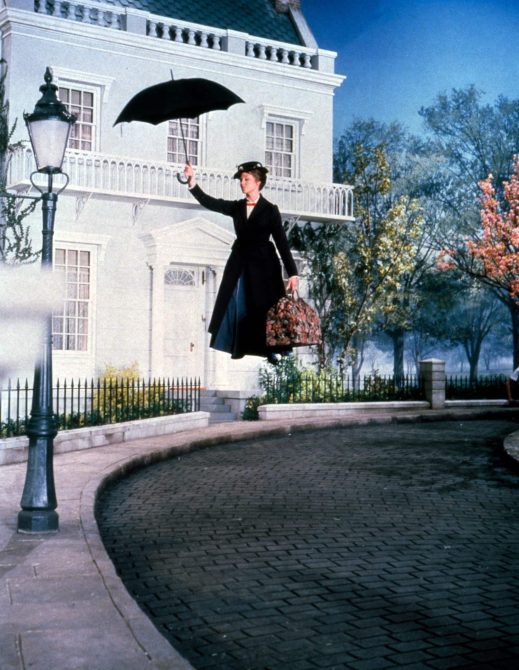
The actress revealed In an interview with Stephen Colbert on his show in 2017 that she almost suffered an accident on set during the filming of her final flying scene. “There was a very dangerous day right at the end of filming when I was in this excruciatingly painful harness,” Andrews explained. “And I was hanging around up there for the longest time with the umbrella. I thought I felt the wire leave and drop about six inches. I was nervous and very tired.”
